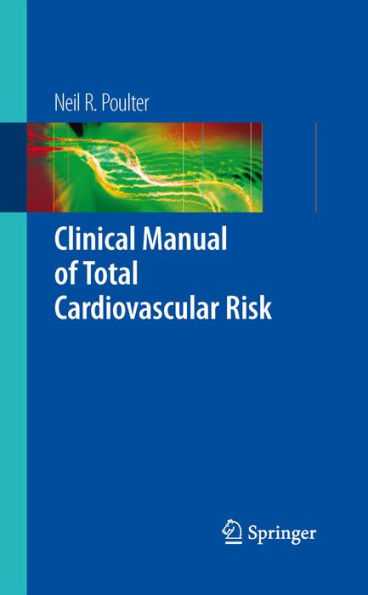Over the last 10–20 years, there has been an increasing appreciation of the need to manage individual risk factors for cardiovascular disease (CVD) in the context of overall cv risk rather than on the basis of the absolute level of any given risk factor. This approach has given rise to the misnomer “global risk” and gen- ated extensive “lip-service” around this more broad-minded approach to managing risk factors and the prevention of CVD. This short book was devised with the idea of providing a practical summary of the rationale for management based on estimated total CV risk and the various methods associated with so-doing. Practical issues are addressed including treatment thresholds and targets for the major risk factors on which we routinely intervene, and a brief descr- tion of the major means of these interventions is provided. Whilst a multifactorial approach to CV prevention is logical and reflects the pathophysiological processes which underpin the formation of athe- sclerosis, the evidence base to guide practice using estimated CV risk (“global risk”) as a threshold for intervention is essentially non-existent. Meanwhile, pending supportive evidence from randomized trials, prac- cal, pragmatic, and cost-effective approaches to preventing CVD, which is the current biggest contributor to global mortality and burden of disease, is urgently required. The hope is that this book may make a small contribution toward reducing the horrendous burden which CVD currently imposes on the world.
1101236933
Clinical Manual of Total Cardiovascular Risk
Over the last 10–20 years, there has been an increasing appreciation of the need to manage individual risk factors for cardiovascular disease (CVD) in the context of overall cv risk rather than on the basis of the absolute level of any given risk factor. This approach has given rise to the misnomer “global risk” and gen- ated extensive “lip-service” around this more broad-minded approach to managing risk factors and the prevention of CVD. This short book was devised with the idea of providing a practical summary of the rationale for management based on estimated total CV risk and the various methods associated with so-doing. Practical issues are addressed including treatment thresholds and targets for the major risk factors on which we routinely intervene, and a brief descr- tion of the major means of these interventions is provided. Whilst a multifactorial approach to CV prevention is logical and reflects the pathophysiological processes which underpin the formation of athe- sclerosis, the evidence base to guide practice using estimated CV risk (“global risk”) as a threshold for intervention is essentially non-existent. Meanwhile, pending supportive evidence from randomized trials, prac- cal, pragmatic, and cost-effective approaches to preventing CVD, which is the current biggest contributor to global mortality and burden of disease, is urgently required. The hope is that this book may make a small contribution toward reducing the horrendous burden which CVD currently imposes on the world.
49.99
In Stock
5
1

Clinical Manual of Total Cardiovascular Risk
88
Clinical Manual of Total Cardiovascular Risk
88Related collections and offers
49.99
In Stock

Product Details
| ISBN-13: | 9781848002531 |
|---|---|
| Publisher: | Springer-Verlag New York, LLC |
| Publication date: | 12/15/2008 |
| Sold by: | Barnes & Noble |
| Format: | eBook |
| Pages: | 88 |
| File size: | 1 MB |
About the Author
From the B&N Reads Blog
